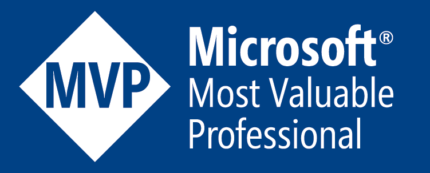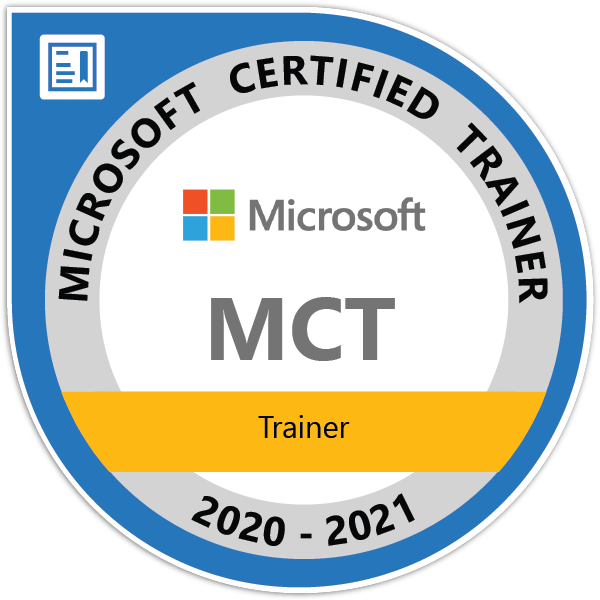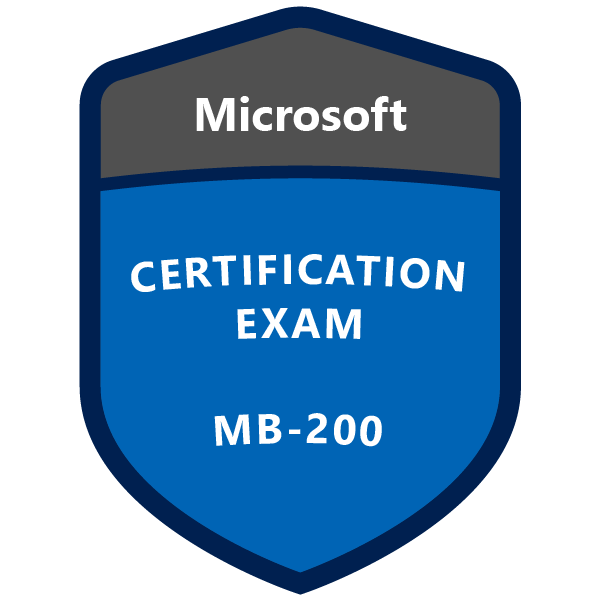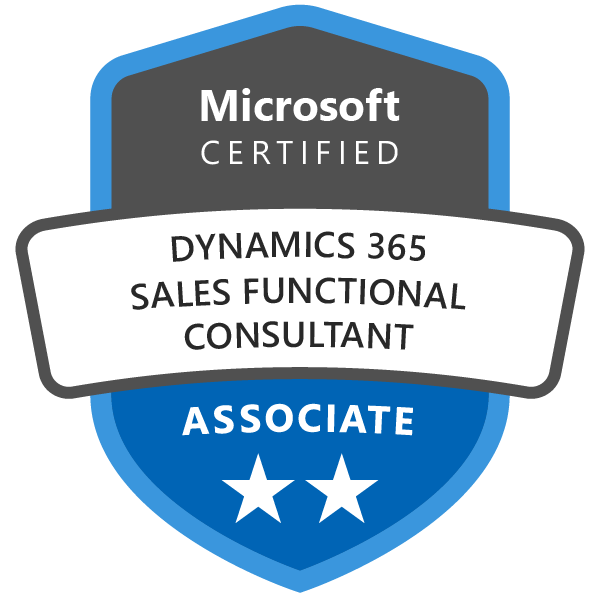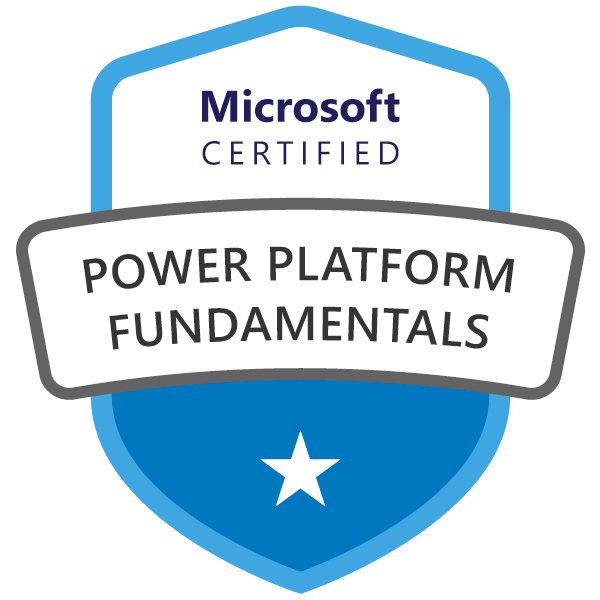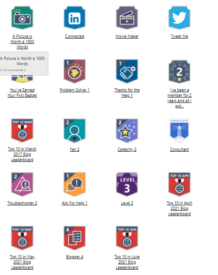Mobile Offline Access Model Driven Apps – practical Configuration

Creating offline access for Model-Driven Apps in Power Apps is essential for ensuring your users can continue their work even when they are not connected to the internet. Here’s a practical guide on configuring your Model-Driven Apps for offline use:
Watch the below video or scroll to read the article.
Step-by-Step Guide to Configure Offline Access
- Prerequisites:
- Ensure you have appropriate permissions (System Administrator or System Customizer role).
- Use Power Apps (model-driven apps) and make sure it’s part of a Dataverse environment.
- Enable Mobile Offline:
- Navigate to the Power Platform Admin Center.
- Go to Environments and select the environment you want to enable offline access for.
- Under the Settings tab, select Features, then enable Mobile Offline.
- Create a Mobile Offline Profile:
- In the Power Platform Admin Center, select Environments, then choose your environment.
- Go to Settings > Data Management > Mobile Offline Profiles.
- Click on New to create a new profile. Name your profile and set the description.
- Add the entities you want to make available offline by selecting Add Entity. For each entity, configure:
- Sync Filter: Defines which records are available offline. For example, you can set a filter to only sync records created in the last 30 days.
- Relationships: Ensure related data is available by configuring relationships.
- Assign Users to the Offline Profile:
- Once the Mobile Offline Profile is created, you need to assign it to the users who will use the app offline.
- Go to the profile you created, and in the Assigned Users tab, add the users.
- Configure Entity and View Settings:
- Customize the entities to optimize them for offline use. Go to Entities in the solution explorer.
- Select the entity you want to configure, and under the Mobile Offline tab, set the offline options.
- For views, ensure that the necessary views are available offline. Configure the views in the solution explorer under the respective entity.
- Publish and Sync the Configuration:
- After configuring the entities and views, publish all customizations.
- Instruct users to sync their mobile app. They need to open the app and trigger a sync which downloads the configured data for offline access.
Best Practices for Offline Configuration
- Minimize Data: Offline data should be minimized to essential records only to improve sync performance and reduce storage requirements.
- Filter Records: Use filters to limit the number of records downloaded to what’s necessary.
- Test Configurations: Regularly test offline configurations to ensure data integrity and app performance.
- User Training: Ensure users are trained on how to sync data and manage offline records.
- Monitor Sync Issues: Use the Power Platform Admin Center to monitor and resolve any sync issues.
Additional Tips
- Periodic Sync: Encourage users to sync their data periodically to ensure they have the latest information.
- Error Handling: Implement error handling for offline data to manage conflicts or sync errors effectively.
- Use Notifications: Leverage notifications to alert users of sync completion or errors.
By following these steps and best practices, you can effectively configure offline access for your Model-Driven Apps, ensuring that your users can work seamlessly regardless of their connectivity status.


